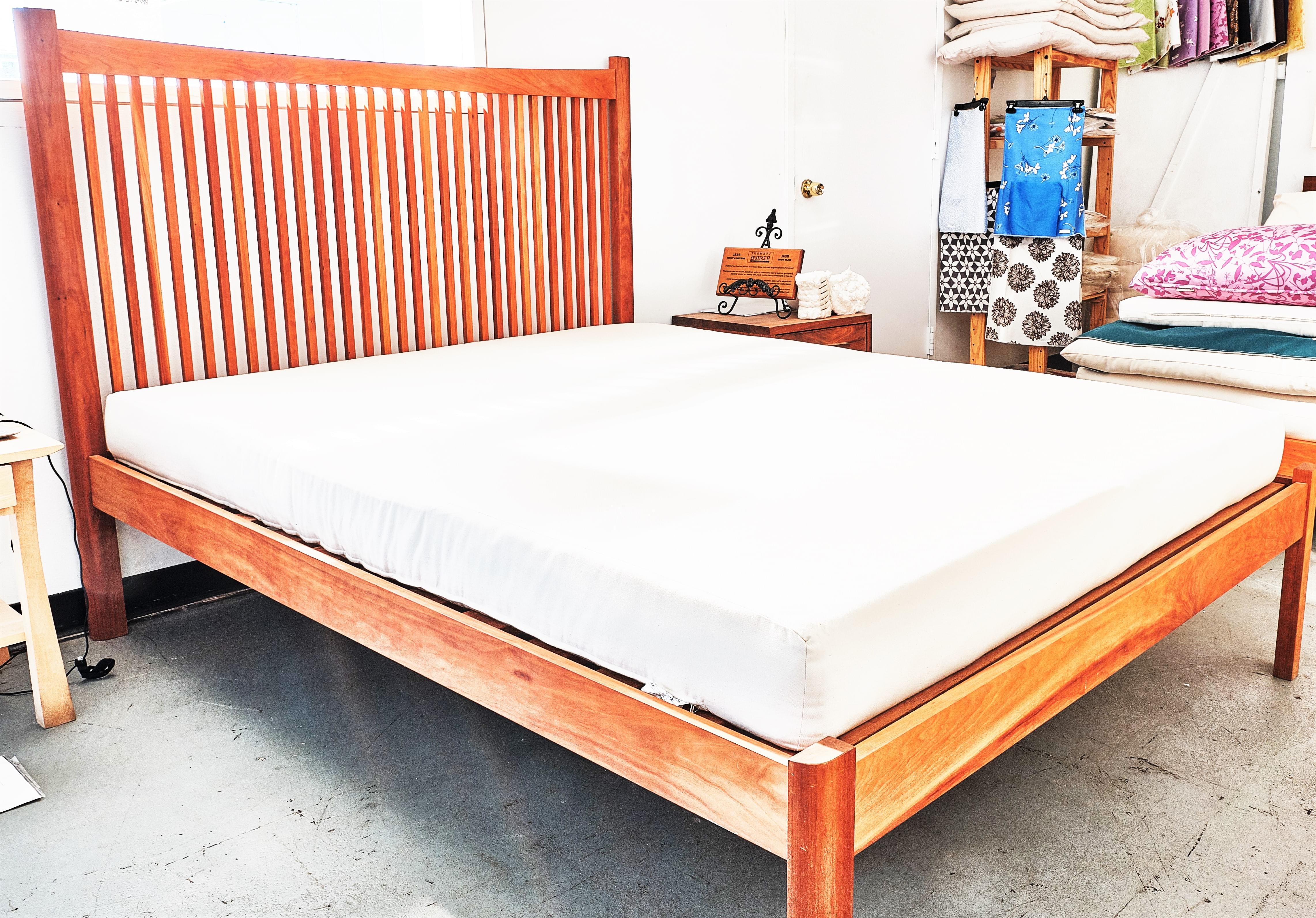Have you ever noticed a strange, slimy substance in your bathroom sink? This mysterious goo can be frustrating to deal with and may even cause clogs in your drain. If you're wondering what this jelly-like substance is and how to get rid of it, you're in the right place. In this article, we'll discuss the top 10 causes of this slimy buildup and the best methods for removing it from your bathroom sink.Jelly-like substance in bathroom sink:
One of the most common causes of jelly-like substances in bathroom sinks is a clogged drain. This can happen due to a buildup of hair, soap scum, or other debris. To clear a clogged sink, you can start by pouring boiling water down the drain to loosen any blockages. If that doesn't work, try using a plunger or a plumbing snake to break up the clog. You can also try pouring a mixture of baking soda and vinegar down the drain, followed by hot water, to help dissolve any buildup.Clearing a clogged bathroom sink:
If the jelly-like substance in your sink is caused by soap scum or mineral buildup, you can remove it by using a combination of hot water and dish soap. Simply fill a bucket with hot water and add a few drops of dish soap, then use a cloth or sponge to scrub away the slime. For tougher buildup, you can also use a mixture of baking soda and vinegar to help dissolve the grime.How to remove slime from bathroom sink:
Aside from clogged drains, there are a few other common causes of slimy substances in bathroom sinks. One of the most common is soap scum, which is a combination of soap residue, mineral deposits, and bacteria. This can build up over time and create a sticky, slimy layer on your sink. Other causes may include mold or mildew, hair and skin oils, and even toothpaste residue.Causes of slimy buildup in bathroom sink:
If you're dealing with a clogged drain in your bathroom sink, there are a few DIY solutions you can try before calling a plumber. As mentioned earlier, you can use hot water, a plunger, or a mixture of baking soda and vinegar to help break up the clog. You can also try using a plumbing snake or a drain auger to physically remove the blockage. If these methods don't work, it may be time to call in a professional.DIY solutions for unclogging a bathroom sink:
Mold and mildew are common culprits of slimy substances in bathroom sinks, especially in damp, poorly ventilated bathrooms. To identify and remove mold, start by inspecting your sink for any visible signs of black, green, or brown spots. You can use a mixture of bleach and water to scrub away the mold, but be sure to take proper safety precautions and wear gloves and a mask.Identifying and removing mold in bathroom sink:
If you prefer to use natural cleaning methods in your home, there are a few eco-friendly options for cleaning your bathroom sink. Some popular choices include a mixture of lemon juice and baking soda, which can help remove stains and grime, and a mixture of vinegar and water, which can help dissolve mineral deposits. You can also try using essential oils, such as tea tree or eucalyptus, to help disinfect and deodorize your sink.Natural remedies for cleaning a bathroom sink:
Hair is a common cause of clogged drains in bathroom sinks, especially if you have long hair or share a bathroom with others. To prevent hair clogs, you can try using a hair catcher or drain cover in your sink. If you're already dealing with a hair clog, you can use a plumbing snake or even a bent wire hanger to physically remove the hair from your drain.Preventing and removing hair clogs in bathroom sink:
To properly troubleshoot and maintain your bathroom sink, it's helpful to have a basic understanding of its anatomy. A typical bathroom sink consists of a basin, drain, stopper, and faucet. The drain is where water and debris exit the sink, while the stopper controls the flow of water. The faucet controls the temperature and pressure of the water. Knowing these basic components can help you better identify and solve any issues with your sink.Understanding the anatomy of a bathroom sink:
In addition to clogs and slimy substances, there are a few other common problems that you may encounter with your bathroom sink. These may include leaks, low water pressure, or a foul odor coming from the drain. If you're experiencing any of these issues, it's best to consult a professional plumber for proper diagnosis and repair. In conclusion, if you're dealing with a jelly-like substance in your bathroom sink, don't panic. It's likely caused by a clogged drain, soap scum, or other common issues that can easily be resolved with the right tools and techniques. By understanding the causes and solutions for this problem, you can keep your bathroom sink clean and functioning properly for years to come.Troubleshooting common bathroom sink problems:
The Dangers of Finding a Jelly-Like Substance in Your Bathroom Sink

Understanding House Design and Proper Plumbing
 When designing and decorating our homes, we often focus on the aesthetics and functionality of our living spaces. However, one crucial aspect that is often overlooked is proper plumbing. A well-designed plumbing system ensures that our homes are free from any potential hazards, including the presence of a jelly-like substance in our bathroom sink.
Jelly-like substances
are often a result of a clogged drain or pipe. This can be caused by a buildup of grease, hair, soap scum, and other debris. When these substances accumulate, they can form a jelly-like substance that can not only clog your drains, but also lead to unpleasant odors and bacterial growth.
The dangers of a clogged plumbing system
go beyond just a slow draining sink. If left untreated, it can lead to more significant issues such as burst pipes, water damage, and even mold growth. This can result in costly repairs and potential health hazards for you and your family.
When designing and decorating our homes, we often focus on the aesthetics and functionality of our living spaces. However, one crucial aspect that is often overlooked is proper plumbing. A well-designed plumbing system ensures that our homes are free from any potential hazards, including the presence of a jelly-like substance in our bathroom sink.
Jelly-like substances
are often a result of a clogged drain or pipe. This can be caused by a buildup of grease, hair, soap scum, and other debris. When these substances accumulate, they can form a jelly-like substance that can not only clog your drains, but also lead to unpleasant odors and bacterial growth.
The dangers of a clogged plumbing system
go beyond just a slow draining sink. If left untreated, it can lead to more significant issues such as burst pipes, water damage, and even mold growth. This can result in costly repairs and potential health hazards for you and your family.
Preventing and Treating a Clogged Plumbing System
 The best way to avoid encountering a jelly-like substance in your bathroom sink is to
regularly maintain and clean your plumbing system
. This includes using drain traps to catch hair and other debris, avoiding pouring grease down your sink, and periodically using a drain cleaner to remove any buildup.
If you do find yourself with a clogged drain, it is important to
address the issue immediately
to prevent it from escalating into a bigger problem. You can try using a plunger to dislodge the clog, or using a drain snake to physically remove the buildup. However, if these methods do not work, it is best to call a professional plumber to handle the issue.
The best way to avoid encountering a jelly-like substance in your bathroom sink is to
regularly maintain and clean your plumbing system
. This includes using drain traps to catch hair and other debris, avoiding pouring grease down your sink, and periodically using a drain cleaner to remove any buildup.
If you do find yourself with a clogged drain, it is important to
address the issue immediately
to prevent it from escalating into a bigger problem. You can try using a plunger to dislodge the clog, or using a drain snake to physically remove the buildup. However, if these methods do not work, it is best to call a professional plumber to handle the issue.
The Importance of Professional Plumbing Services
 When it comes to plumbing, it is always best to
seek the help of a professional
. Not only do they have the necessary tools and expertise to properly address a clogged drain, but they can also detect and fix any underlying issues that may be causing the problem. This ensures that your plumbing system is functioning properly, preventing any potential hazards in the future.
In conclusion, while finding a jelly-like substance in your bathroom sink may seem like a minor inconvenience, it is essential to understand the potential dangers it can pose to your home and family. By regularly maintaining and addressing any clogged drains, as well as seeking the help of a professional when needed, you can ensure a safe and well-functioning plumbing system in your home.
When it comes to plumbing, it is always best to
seek the help of a professional
. Not only do they have the necessary tools and expertise to properly address a clogged drain, but they can also detect and fix any underlying issues that may be causing the problem. This ensures that your plumbing system is functioning properly, preventing any potential hazards in the future.
In conclusion, while finding a jelly-like substance in your bathroom sink may seem like a minor inconvenience, it is essential to understand the potential dangers it can pose to your home and family. By regularly maintaining and addressing any clogged drains, as well as seeking the help of a professional when needed, you can ensure a safe and well-functioning plumbing system in your home.
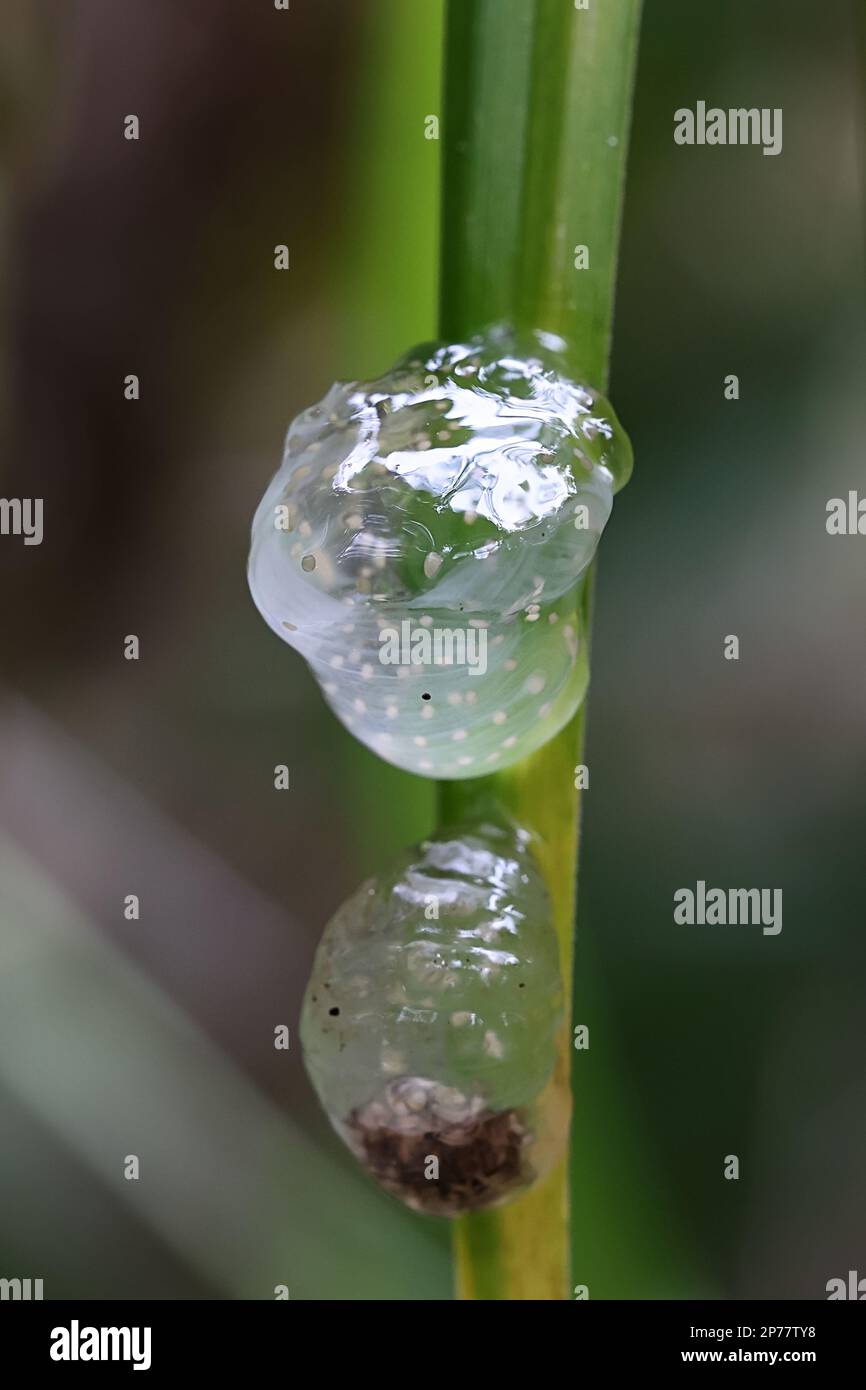




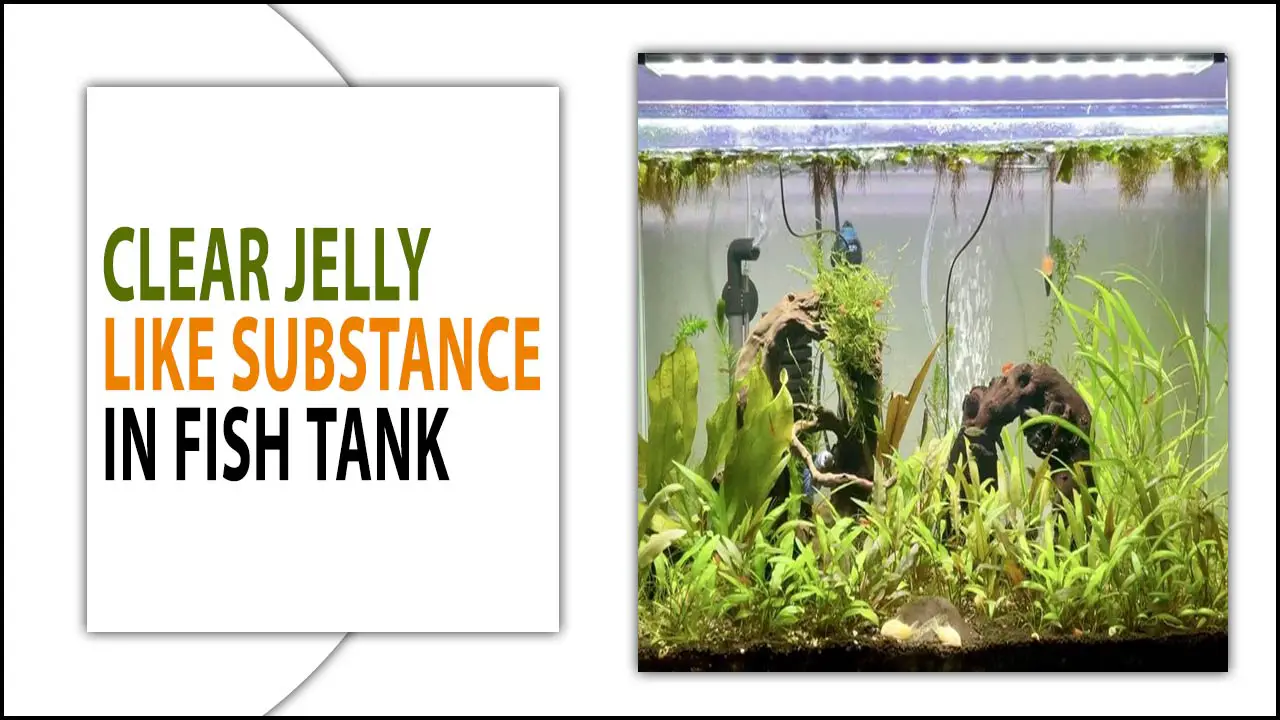

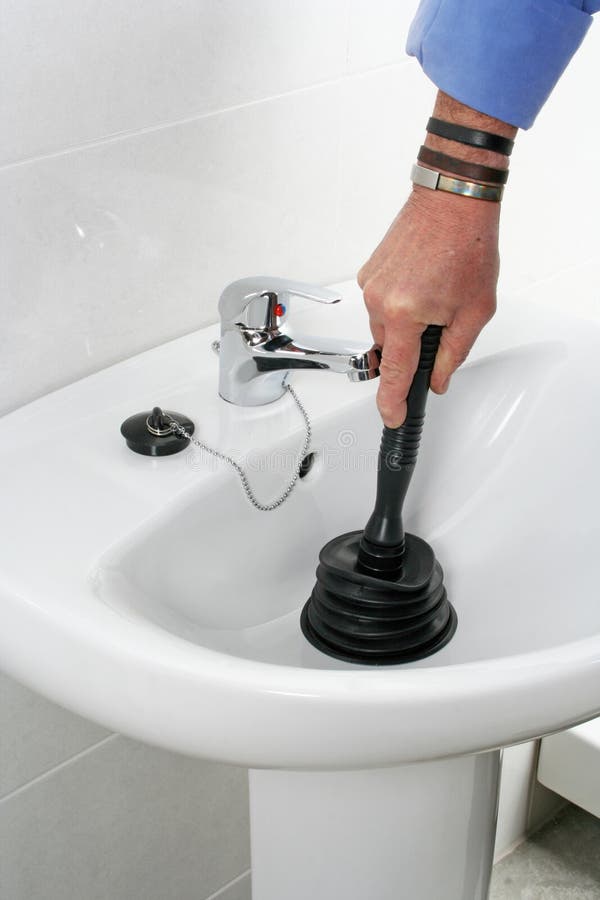



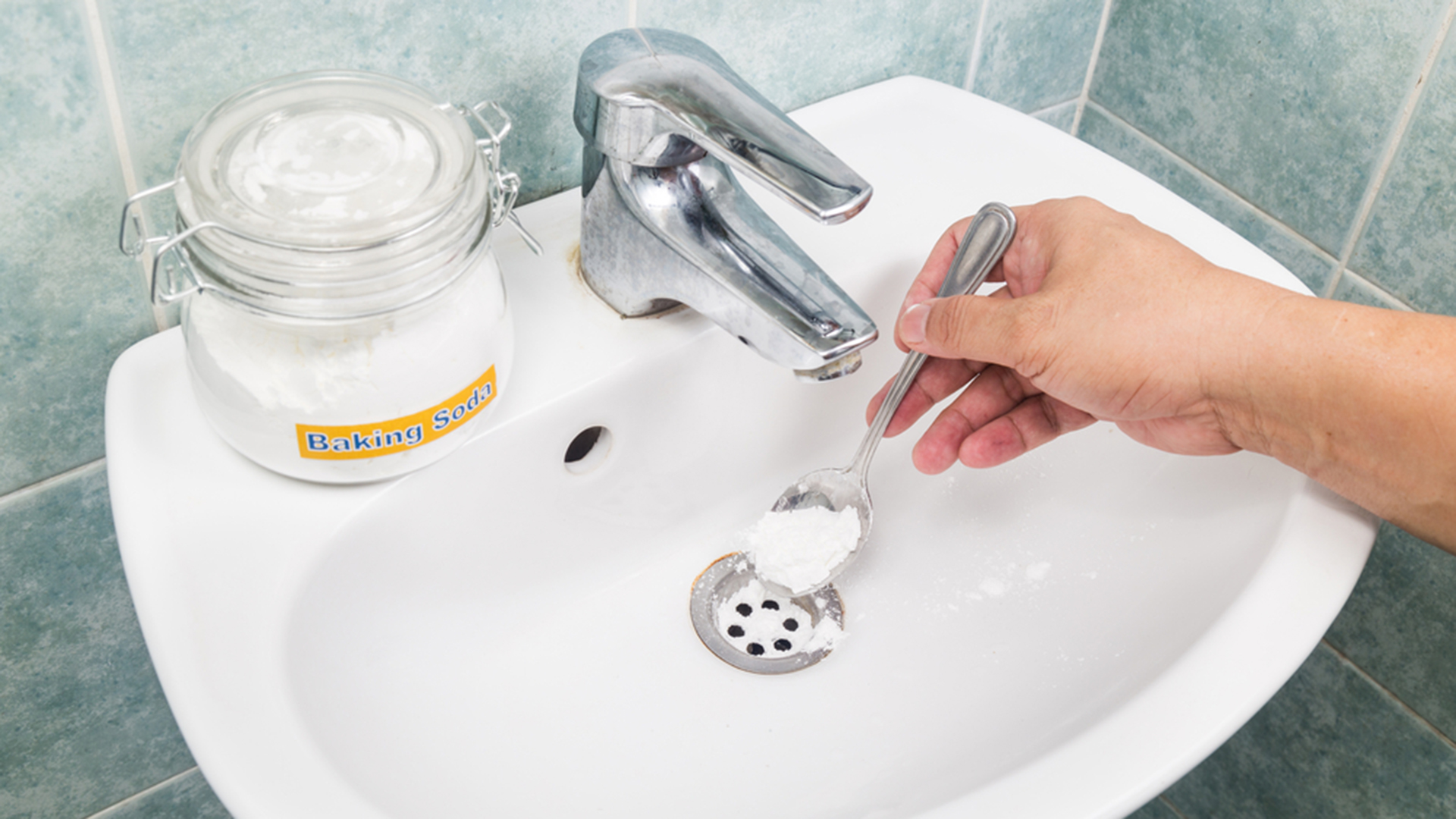






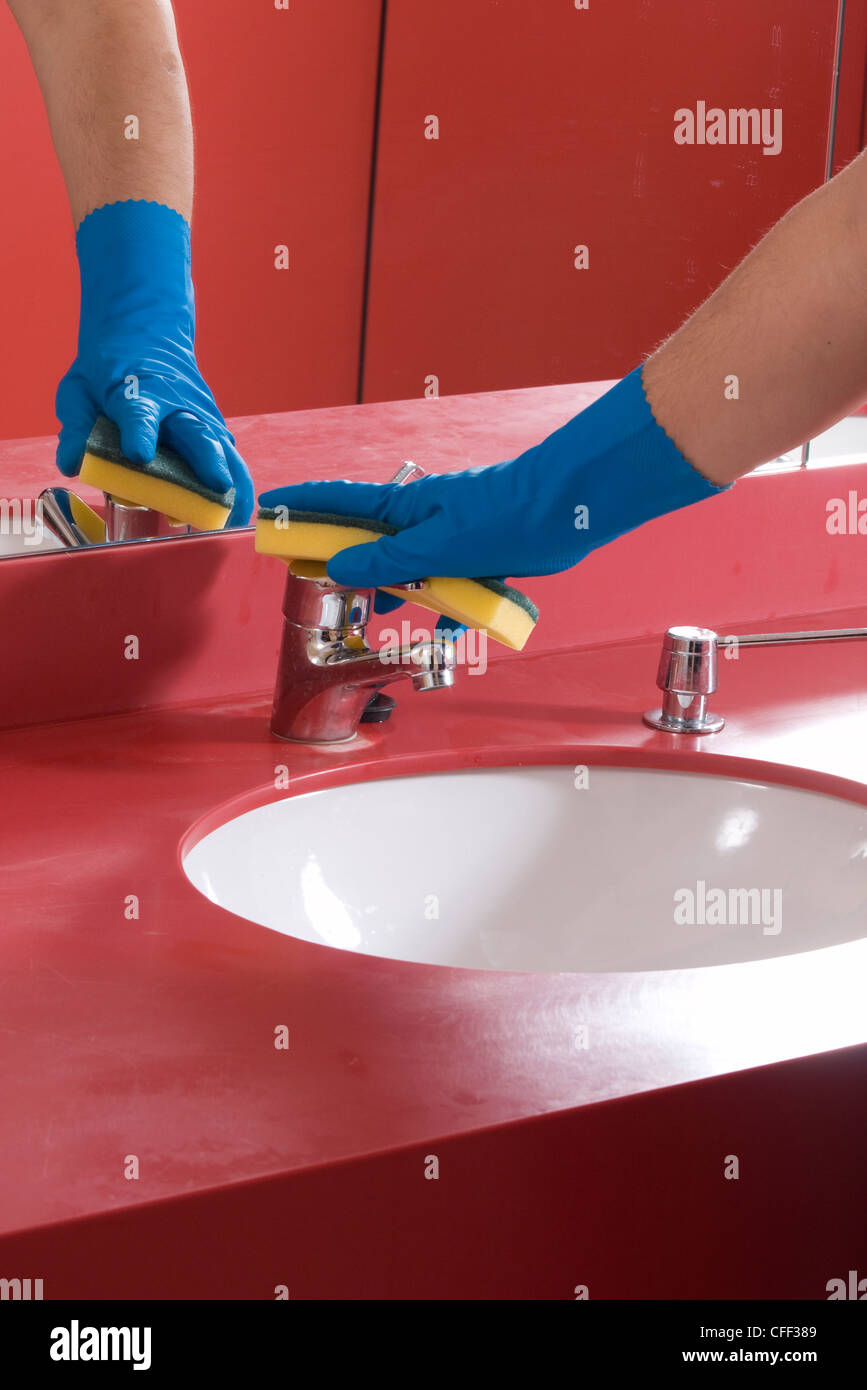





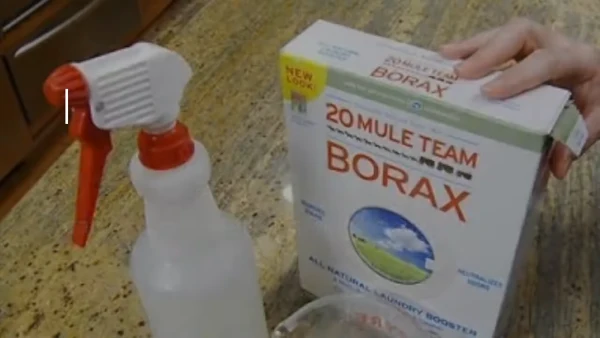
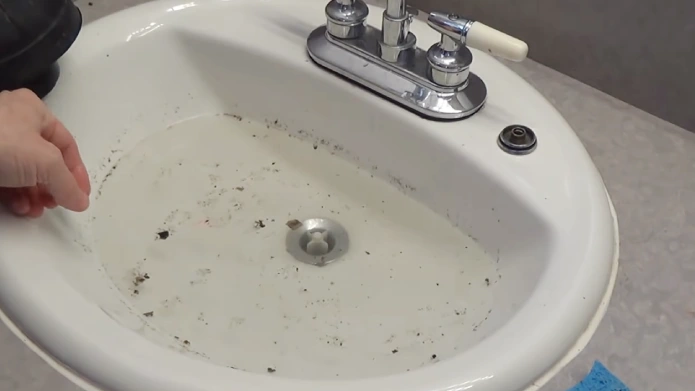
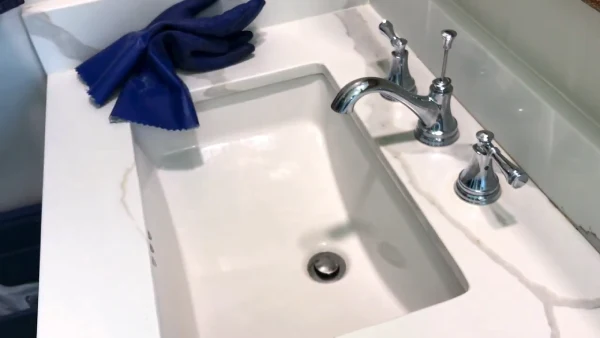
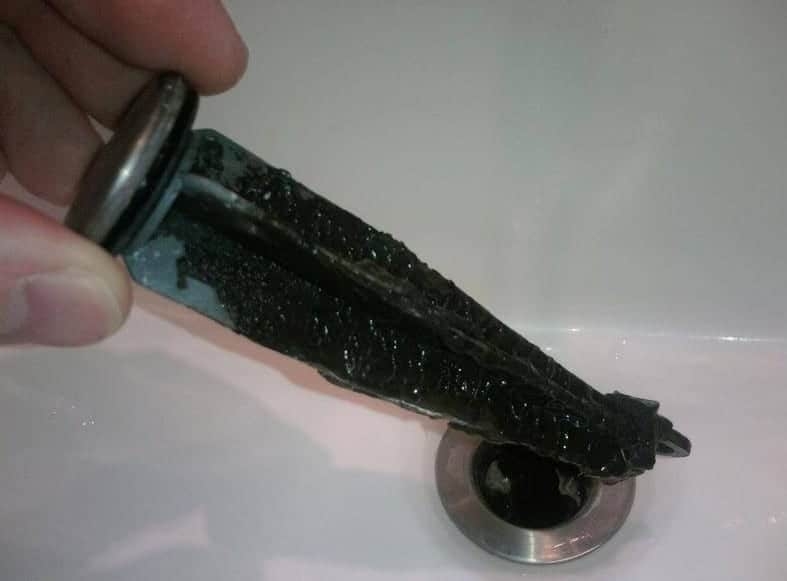
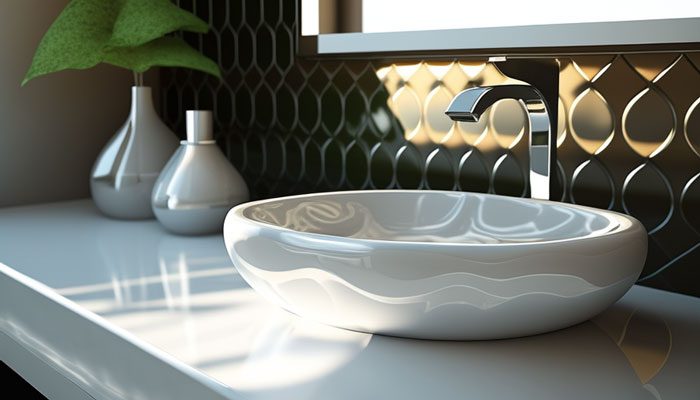



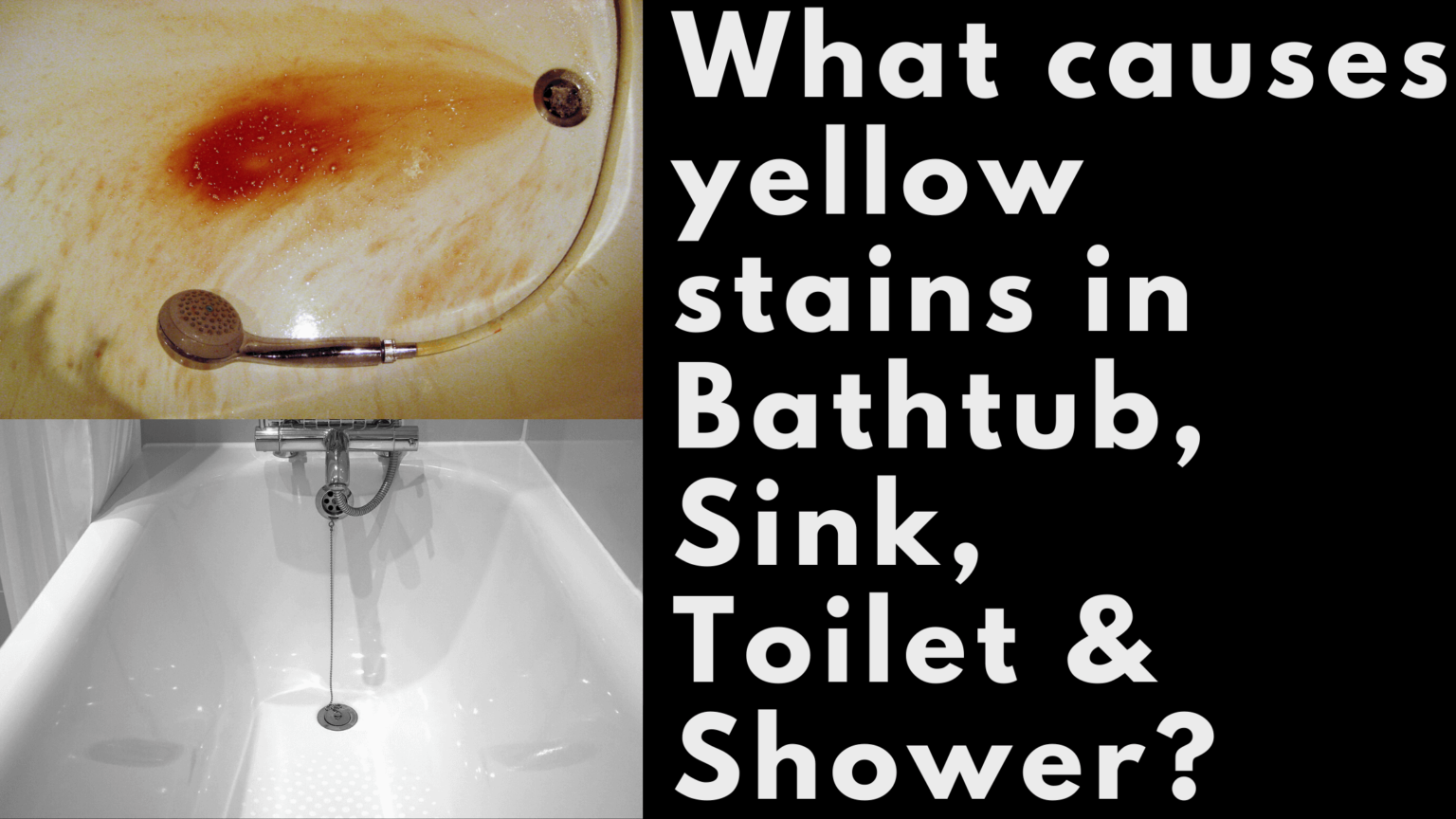
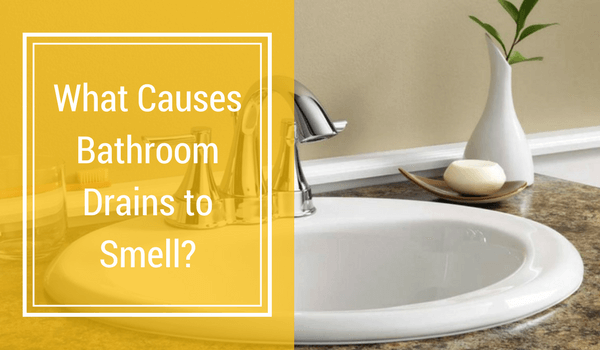
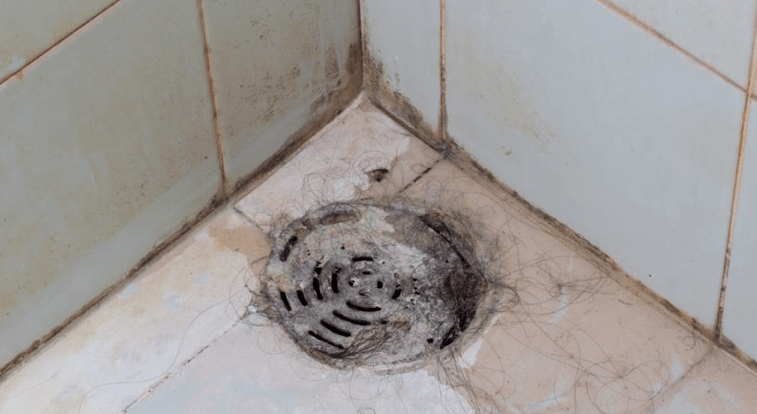

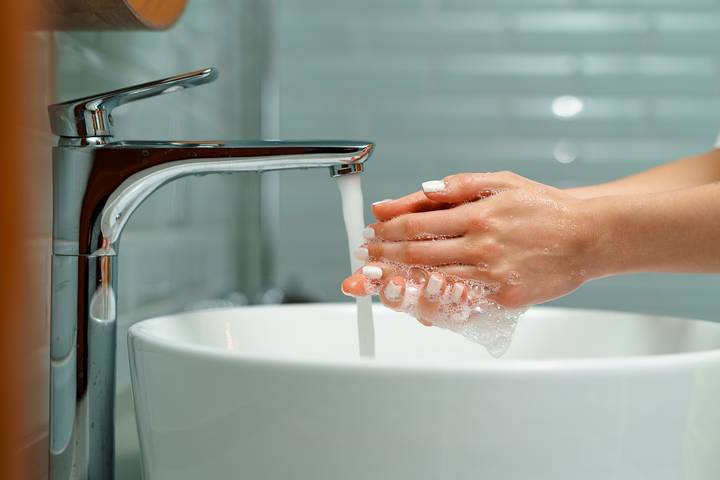







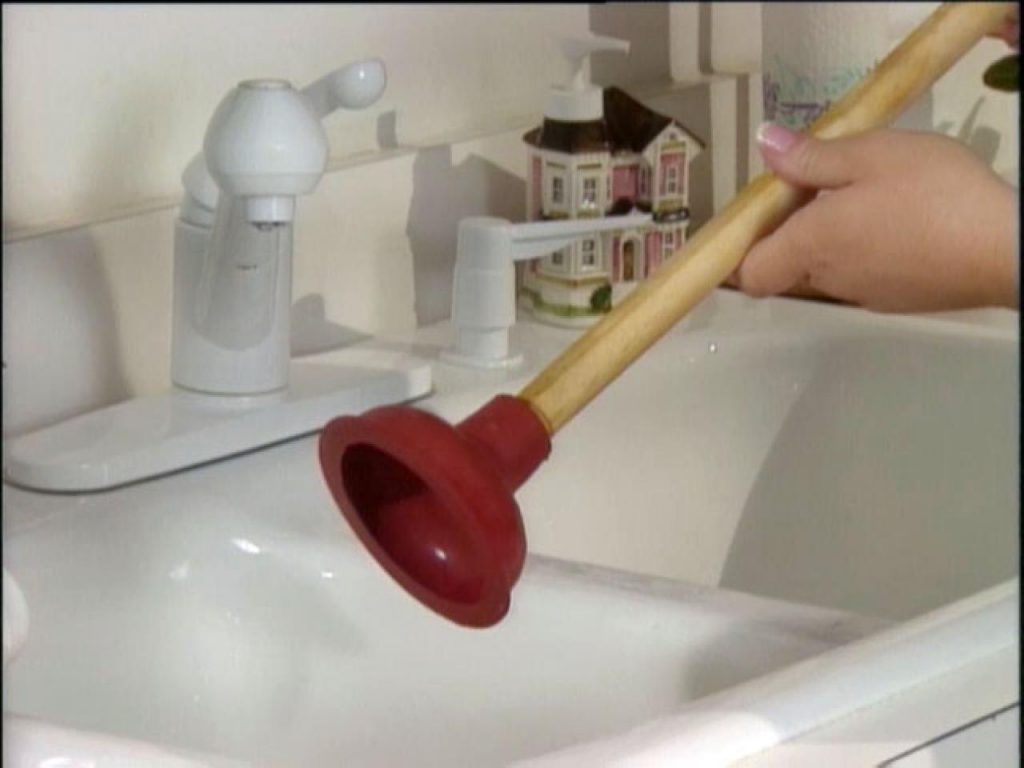








:max_bytes(150000):strip_icc()/identifying-mold-vs-mildew-4799138-final-4266e4b3d84c4401a7c1d8b6835dcc97.png)
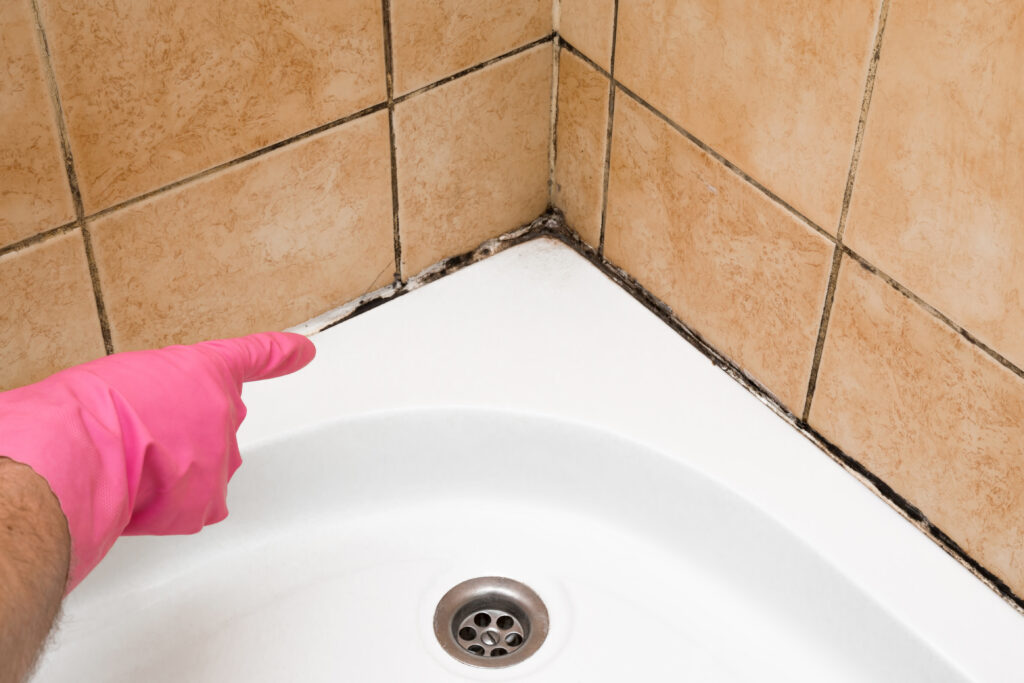
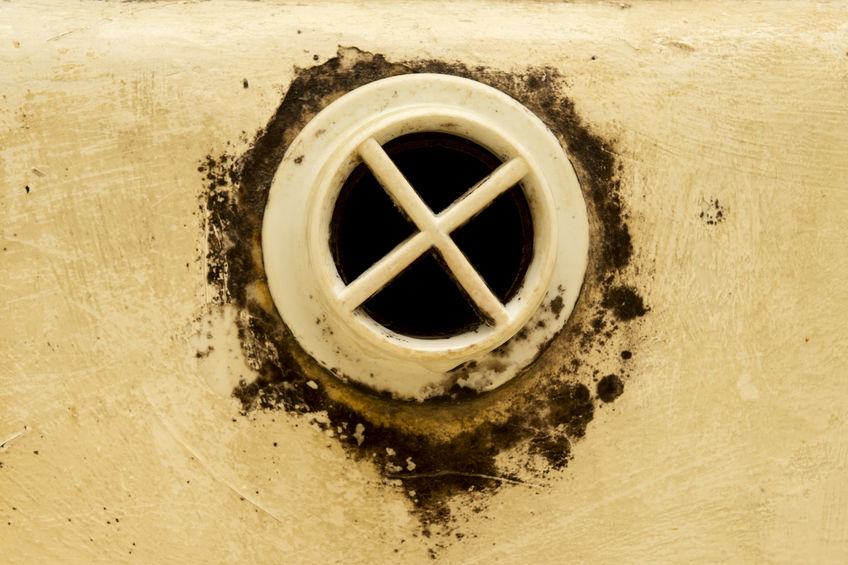




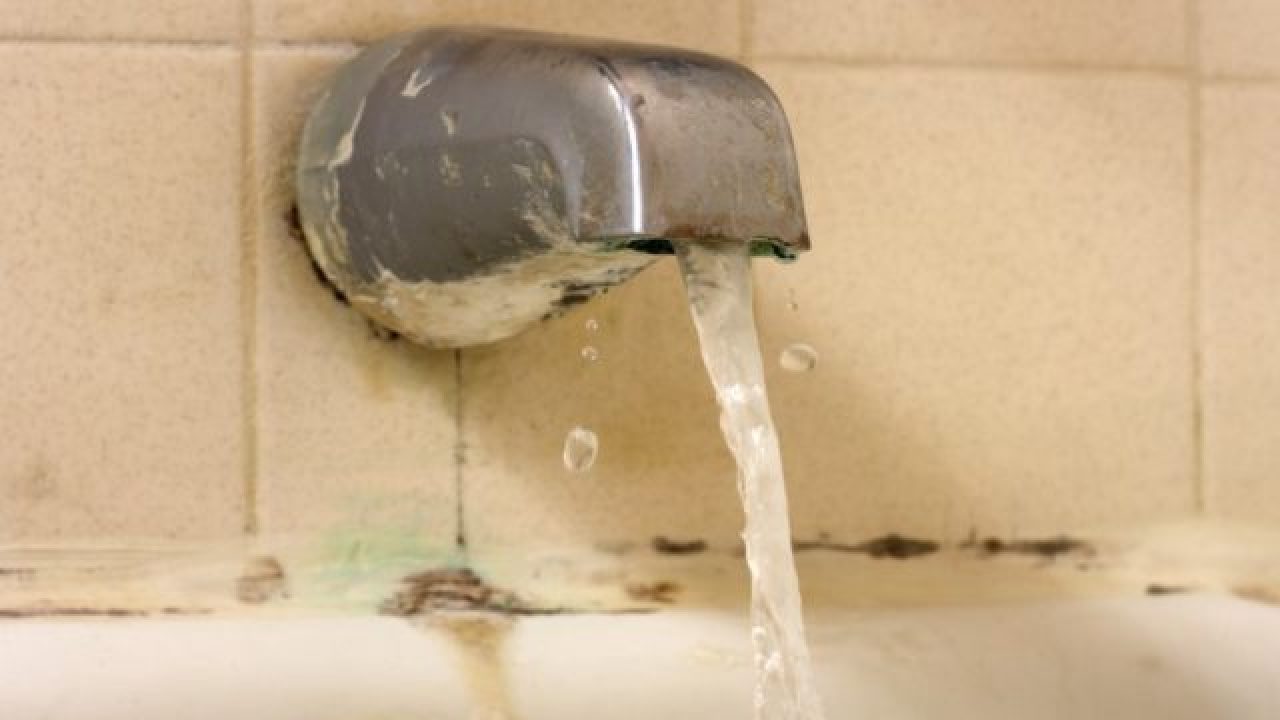



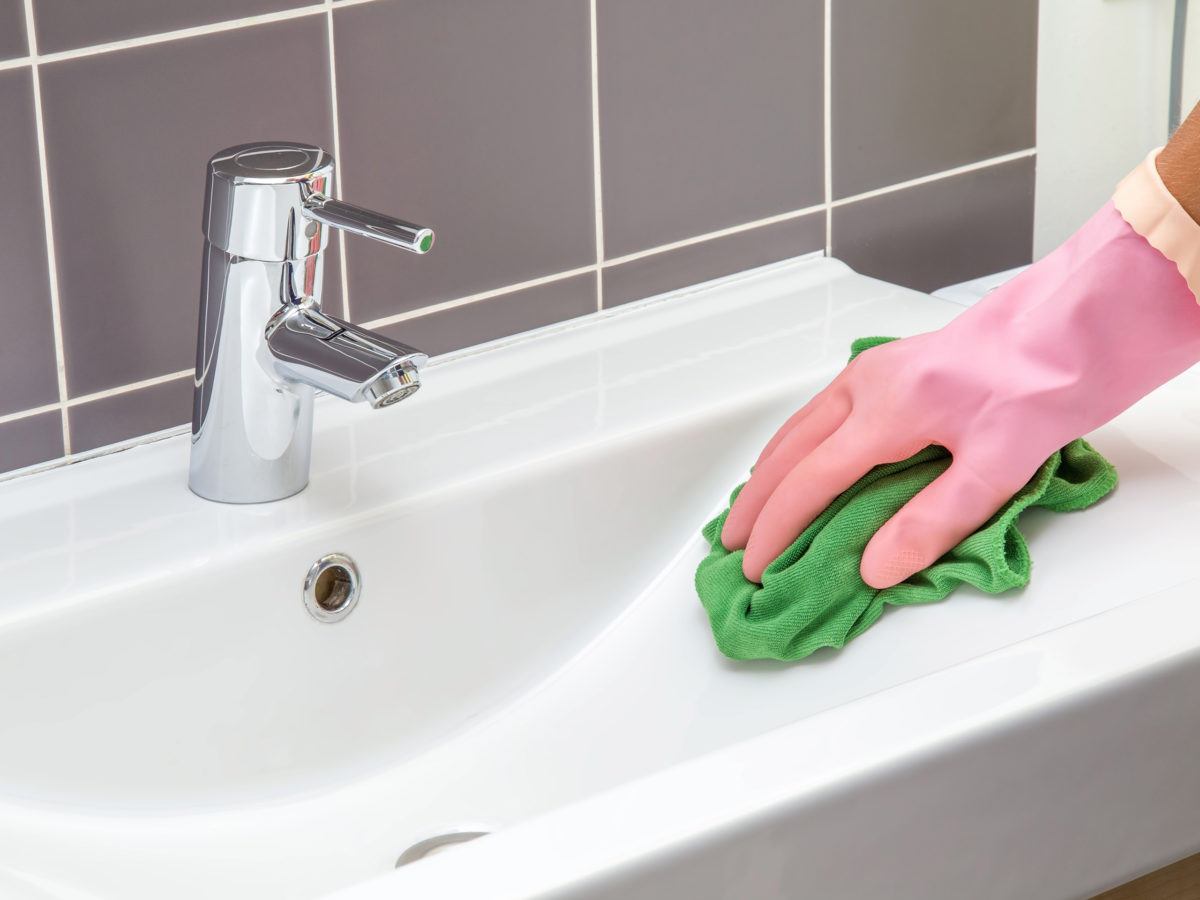
/cleaning-bathroom-sink-GettyImages-dv1449036-566b487a3df78ce16163bfba.jpg)
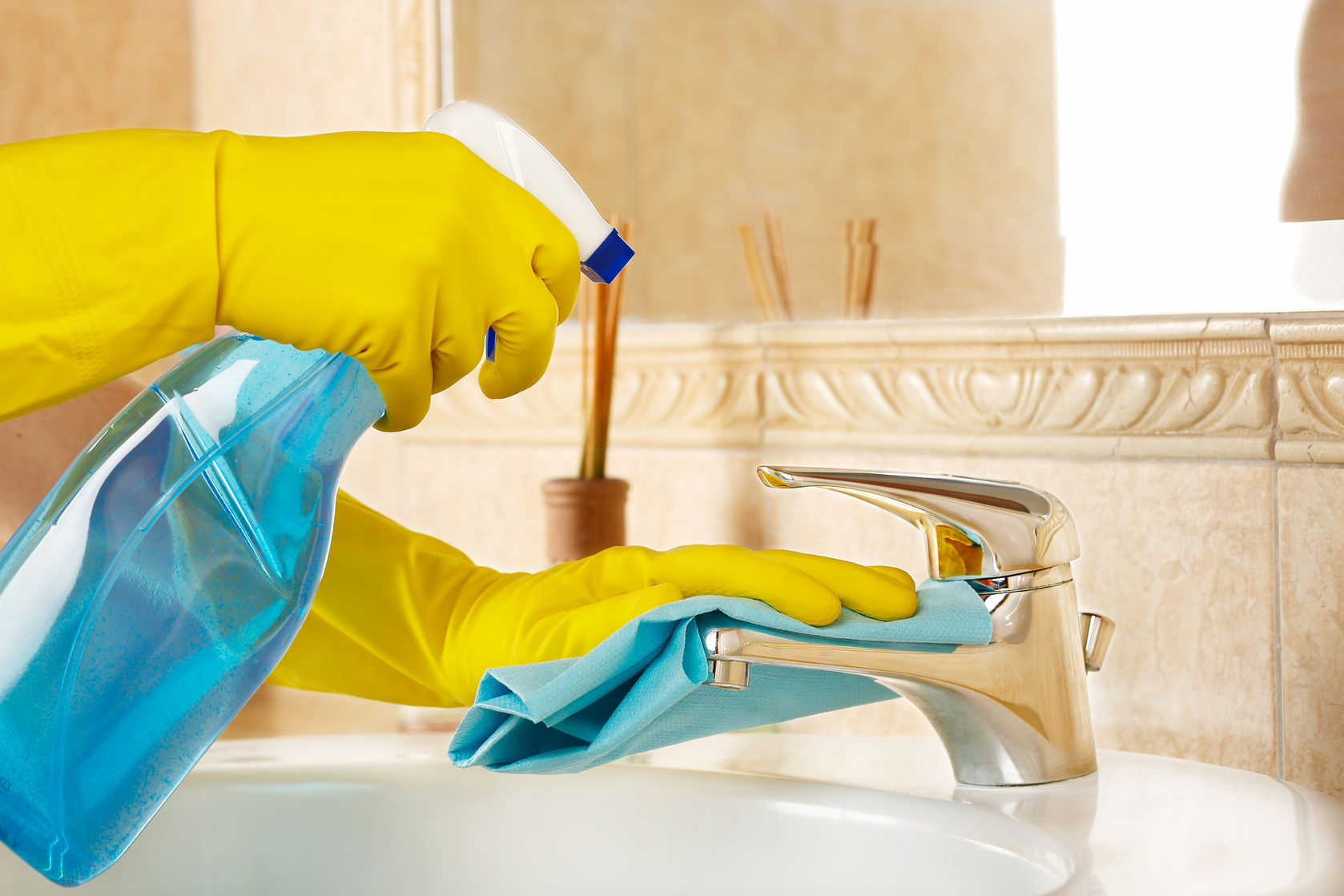
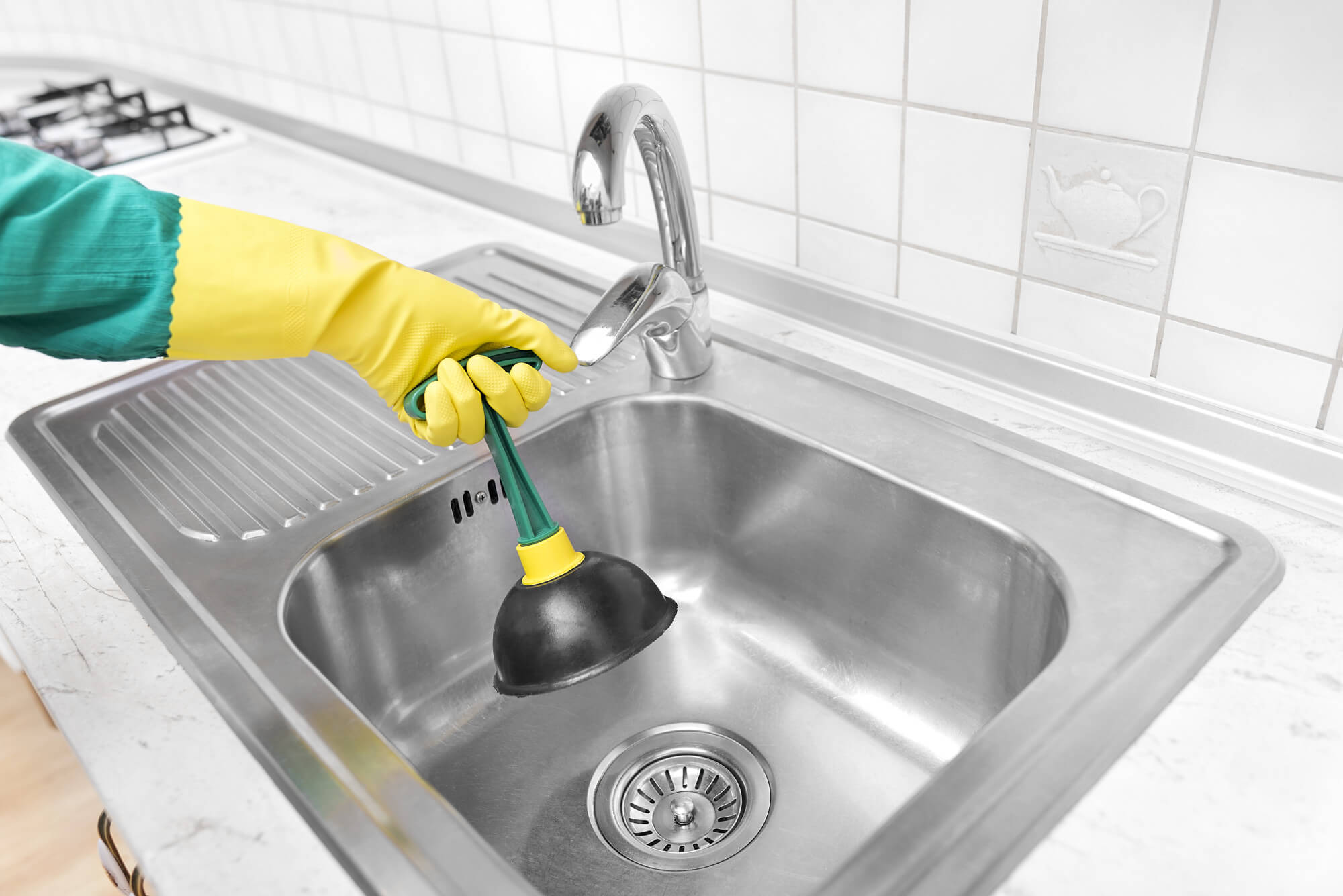
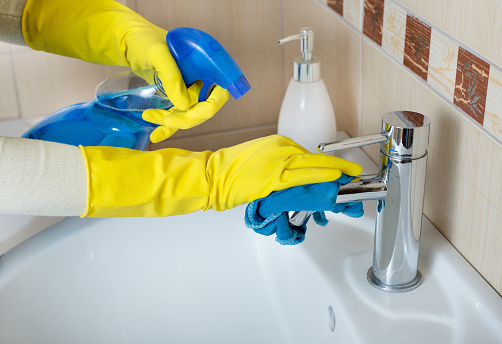
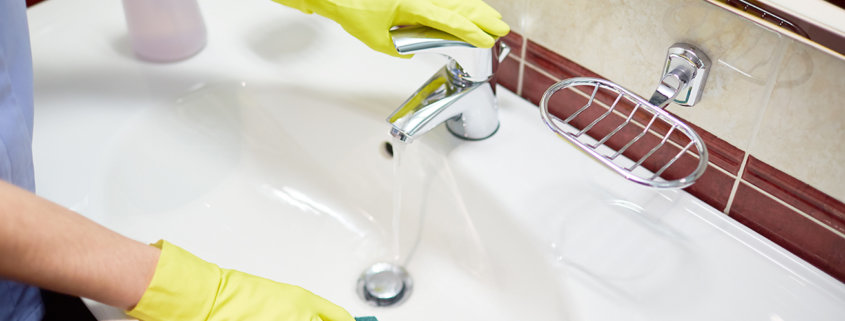


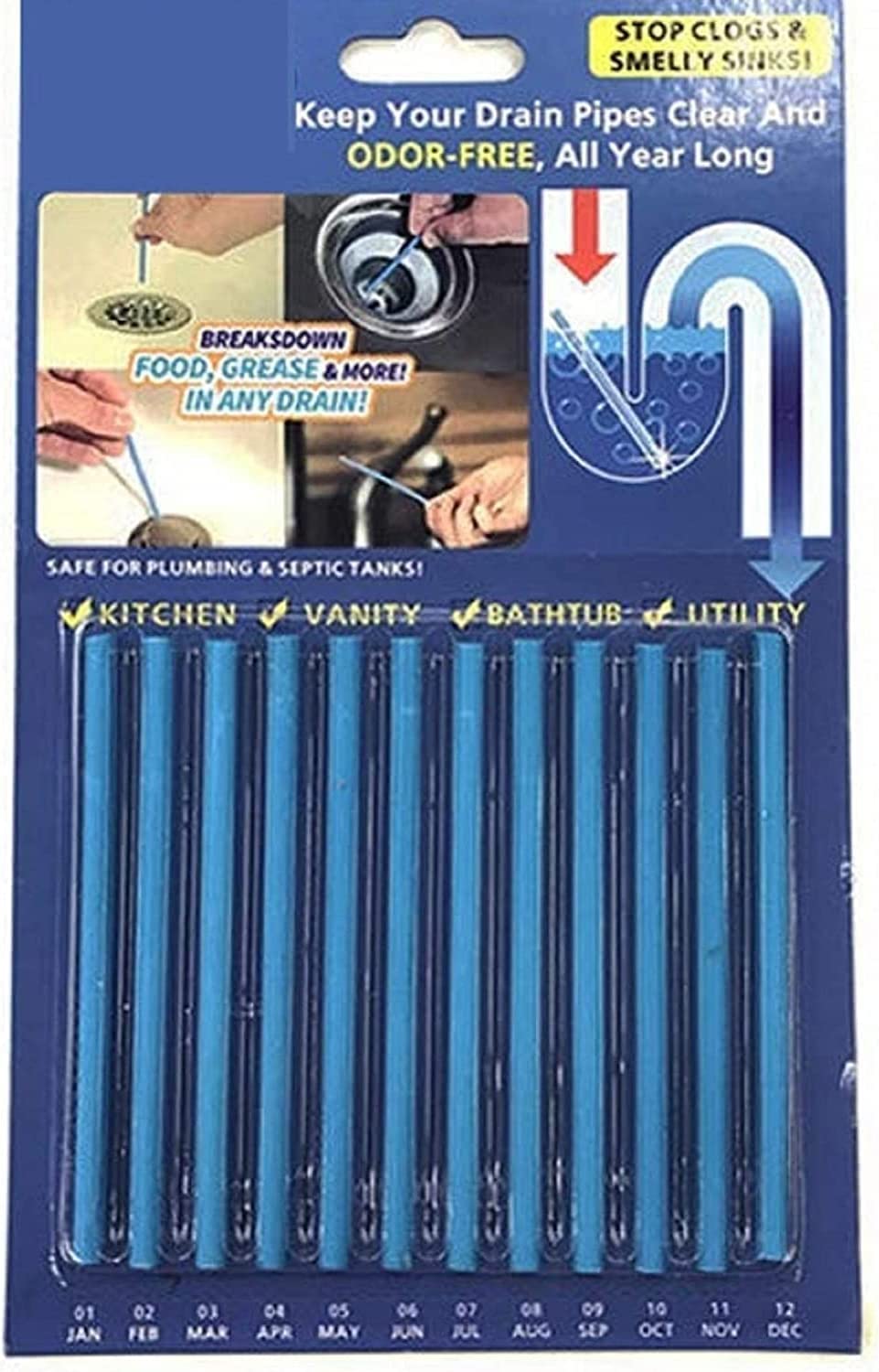





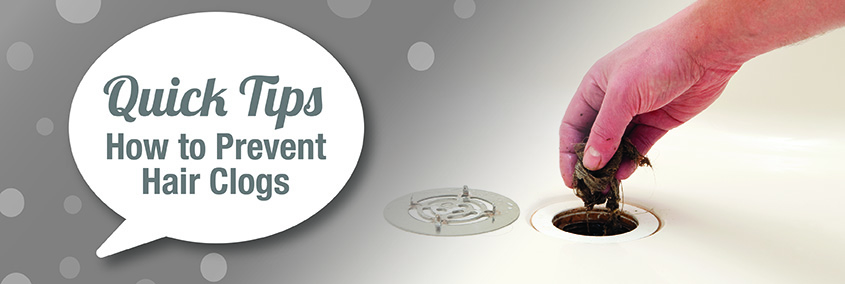






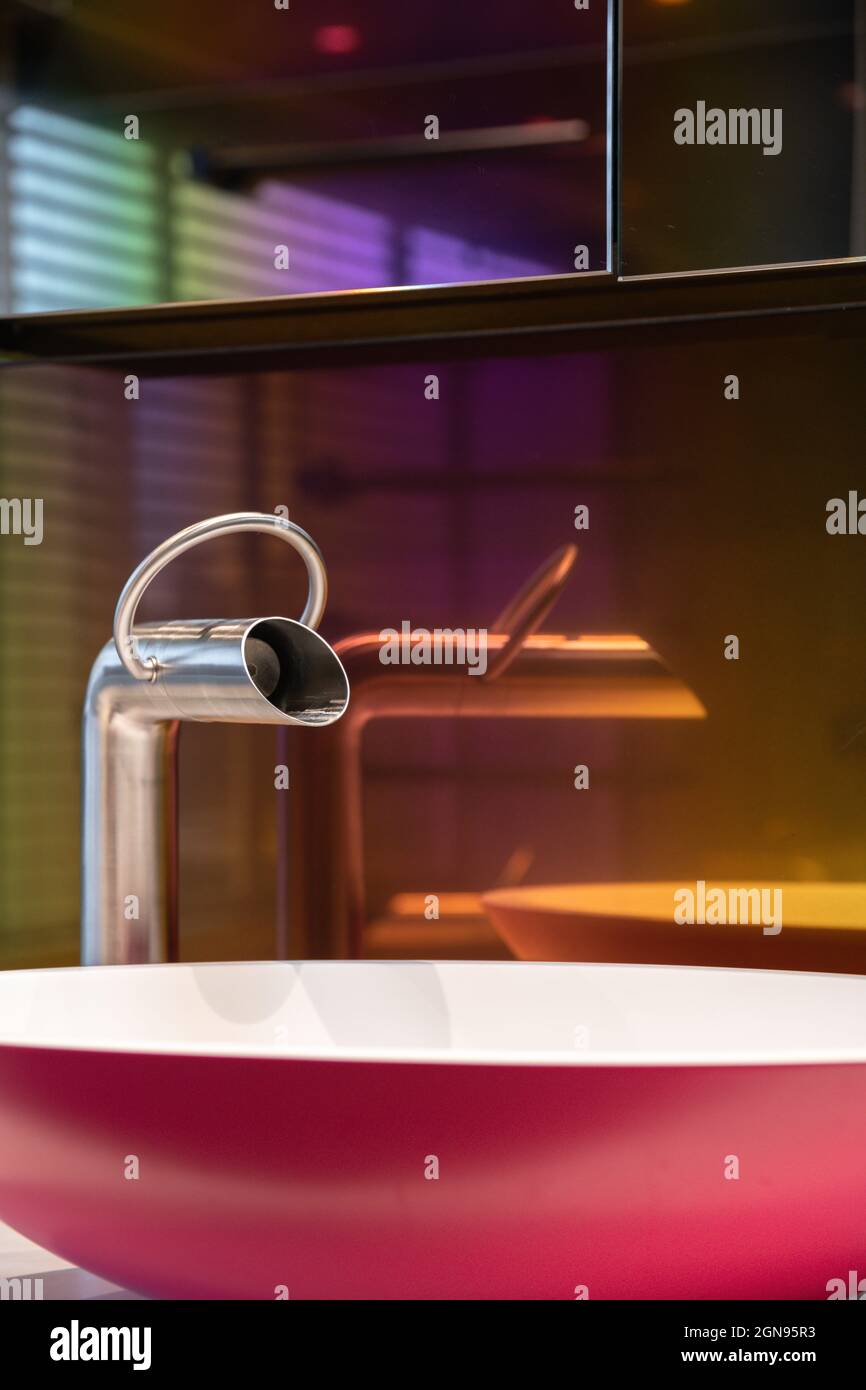
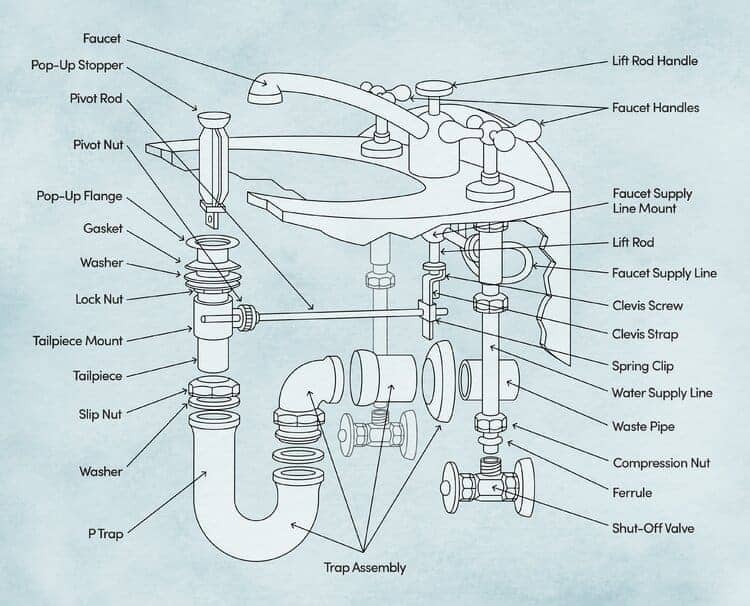




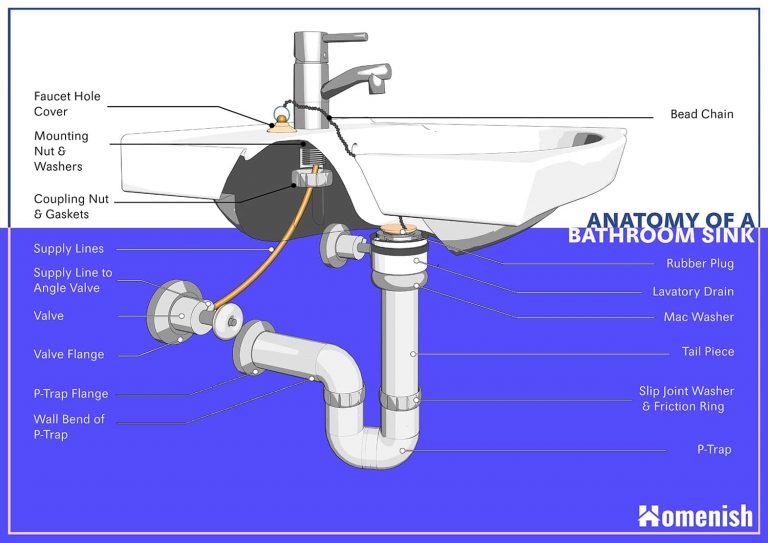








:max_bytes(150000):strip_icc()/what-is-under-the-bathroom-sink-3973574-03-c2c800c743054899aca9bdcc0535db34.jpg)
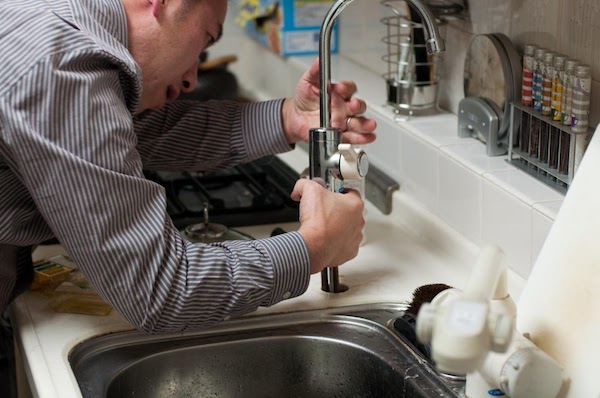
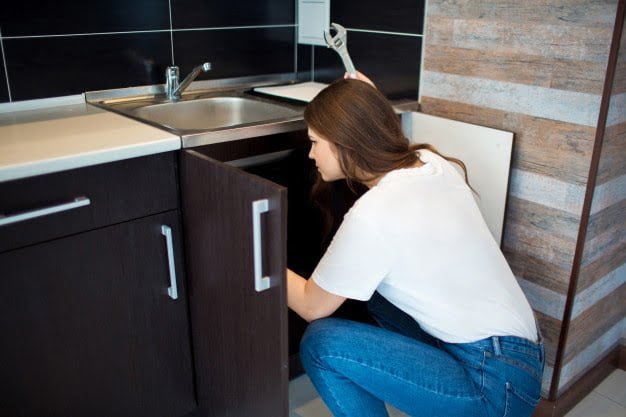



/AMI089-4600040ba9154b9ab835de0c79d1343a.jpg)
